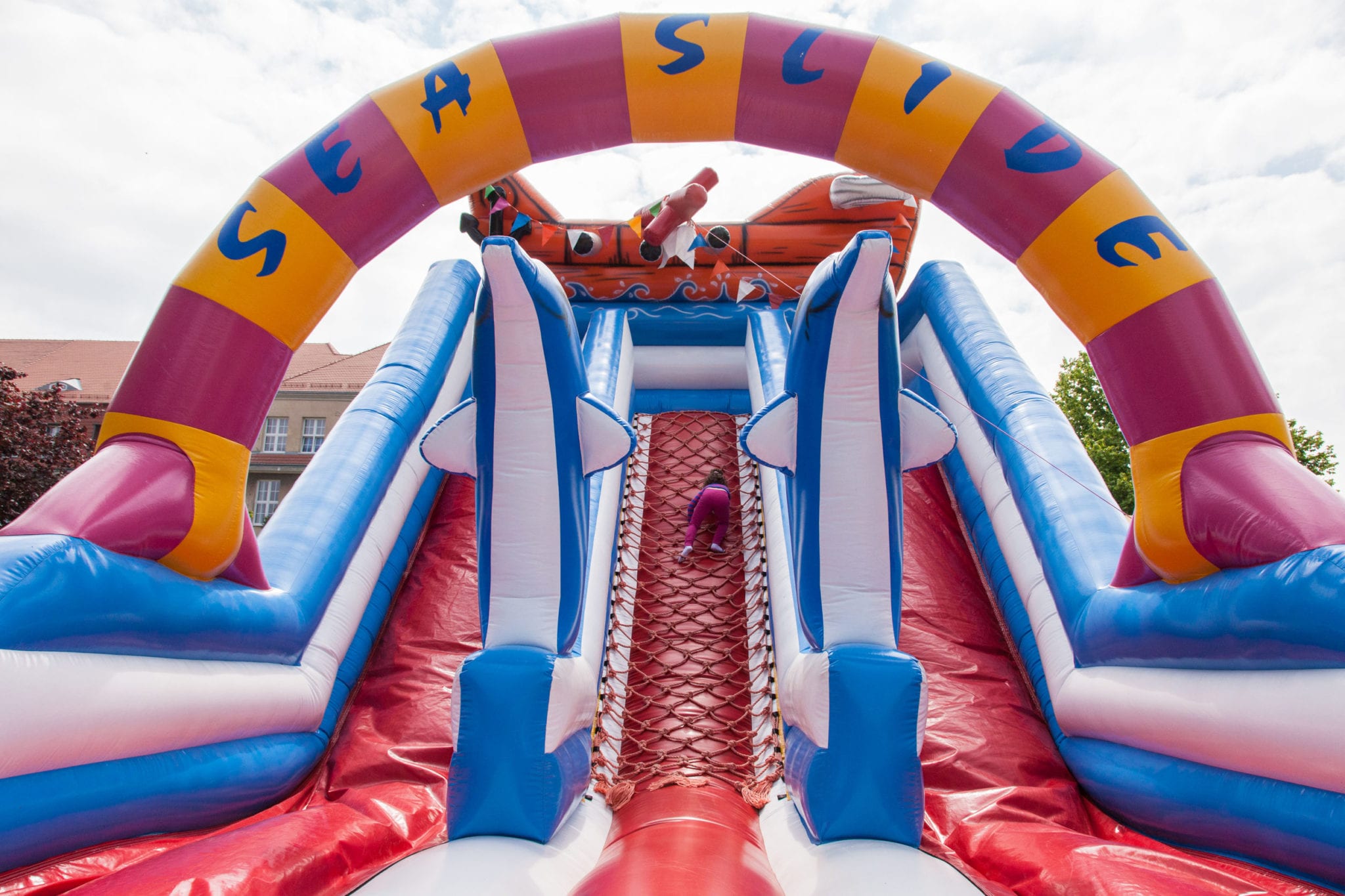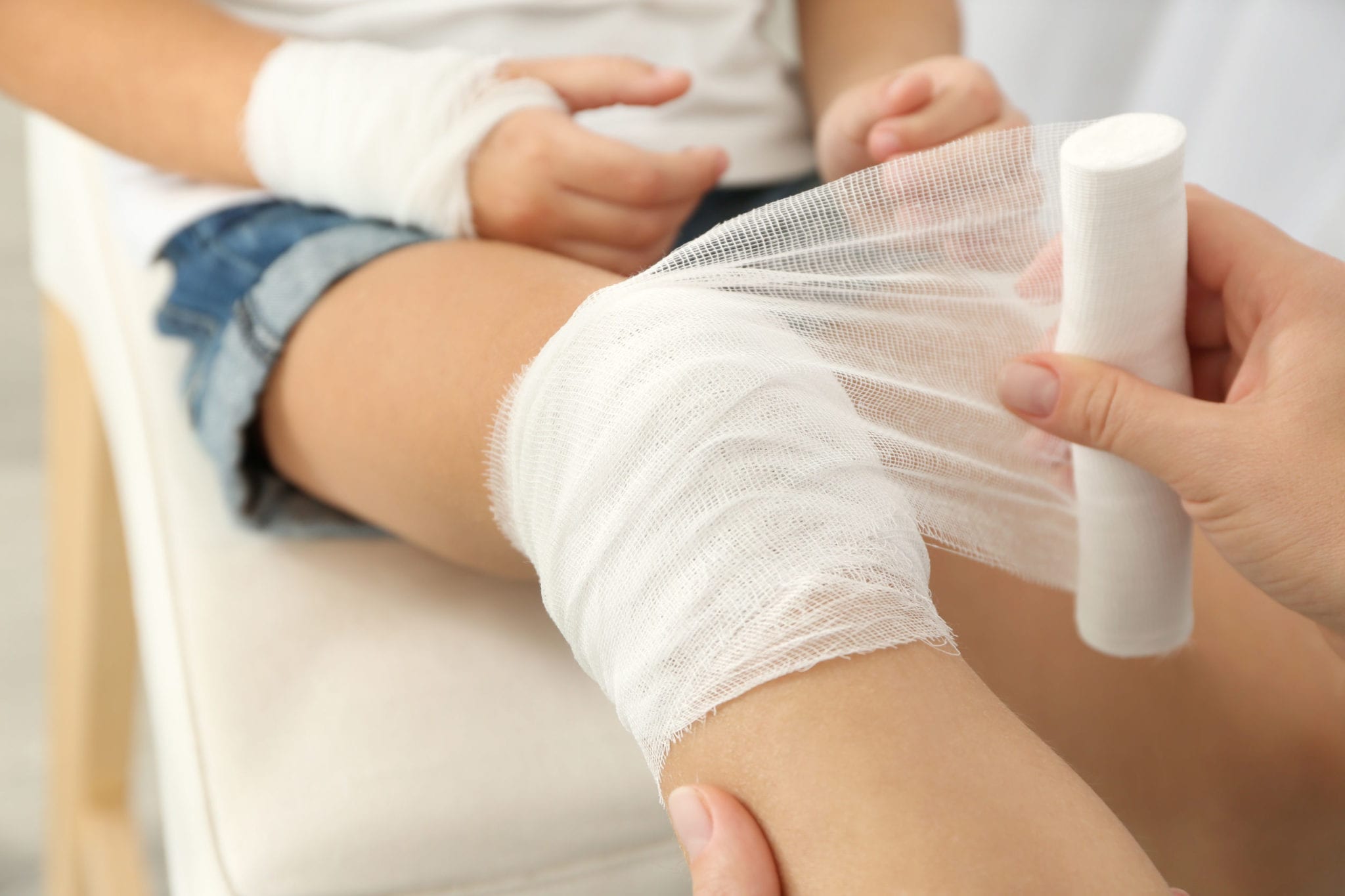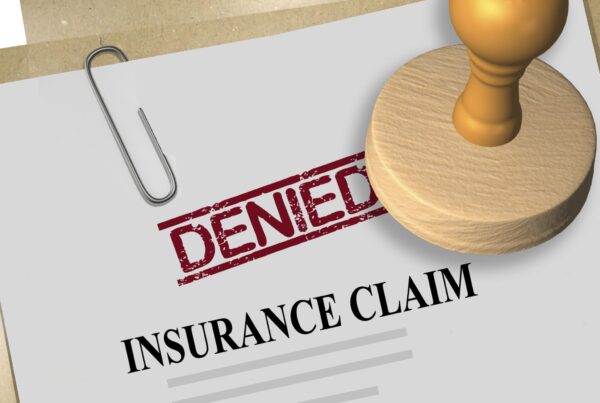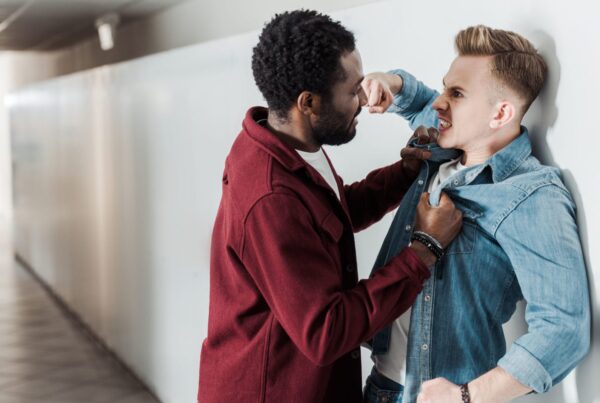
Your child has likely enjoyed jumping in a bounce house at a party, event, or business grand opening. You may have even taken them to one of the many indoor inflatable play areas that have been sprouting like weeds for the past decade or so.
Because they’re fun. Kids love them, and you get to have a few hard-earned moments to yourself without worrying because they’re basically bouncing themselves silly on big balloons.
Except there’s an increasing amount of evidence that says you probably should be a bit more worried. Why? Because bounce houses can cause serious injury to your child – just as they’ve done to countless others over the years.
In this post, we’re going to detail the risks associated with bounce houses and what you can do if someone else’s negligence caused your child to be injured by a bounce house.
The Surprising Danger of Bounce Houses Texas Parents Need to Know About
Many parents are shocked when they learn this, but thousands of children experience injuries every year when they play in bounce houses. What happens? There are several ways your child could be injured:
- Colliding with another child while bouncing
- Jumping in a bounce house crowded with too many children
- Jumping in a bounce house that suddenly moves due to it being improperly secured
Sometimes, bounce house injuries really are just freak accidents. After all, kids are kids, and it’s not uncommon for them to find ways to get hurt.
However, a significant percentage of incidents are due to negligence. When this is the case, families may be able to receive compensation and hold the responsible parties accountable.
Here are a couple of recent examples:
In Oklahoma, a 5-year-old boy suffered a serious injury while using a bounce house named The Wrecking Ball inside an Incredible Pizza restaurant. While children jump inside the bounce house, a padded ball randomly swings.
The boy in question experienced injury when an exposed hook in the padded ball sliced his arm open, causing a three-inch-deep contusion. His family rushed him to the hospital for emergency surgery, and as of the time of this writing they planned to ask the restaurant to cover their medical expenses.
In New Hampshire, two boys (3 and 2 years old) both experienced severe injuries in a bounce house at a Halloween festival when a strong wind gust suddenly blew the bounce house into the air.
The 3-year-old boy had several bone fractures, and the 2-year-old boy experienced loss of vision and a severe brain injury. The parents of the two boys filed a lawsuit against the bounce house owner on charges of negligence.
Texas Bounce House Injuries are Not Isolated Incidents
Think these are just a few scary-sounding incidents cherry-picked to scare you? Think again.
The Consumer Product Safety Commission reported that bounce house injuries have spiked in recent years – from around 5,000 in 2003 to over 17,000 in 2013.
Several factors contribute to this increase in bounce house injuries.

First, regulations on bounce houses are difficult to enforce, and only half of US states have regulations in place. The bounce house that your child plays in may not have been inspected or insured, which could lead to injuries.
Secondly, it’s rare that a bounce house operator gets fined or penalized for improper use. This makes it easier for many operators to use bounce houses in an unlawful manner.
Third, it is often unclear how state laws apply to bounce houses. Texas has laws about yearly inspections and required insurance for amusement rides. However, it does not have laws on supervision or setup, and these are the areas that most often contribute to injuries where bounce houses are concerned.
How Negligence Applies to Texas Bounce House Injury Cases
To win a personal injury lawsuit that involves a bounce accident, your attorney must be able to prove the following four elements of negligence.
- Duty of care. The bounce house owner or operator owed you a reasonable duty of care as a patron of the bounce house.
- Breach of duty. The bounce house owner or operator breached this duty of care due to negligence.
- The breach of duty had a direct link to your child’s injury.
- The bounce house owner or operator is liable for the medical expenses or other losses you incurred due to your child’s injury.
What about waivers?
The bounce house owner or operator may have required you to sign a liability waiver before your child played in the bounce house. Standard waivers normally cover reasonable risks, like strains and sprains, since the danger is inherent to the type of play inside a bounce house.
However, these waivers do not typically cover injuries resulting from bounce house owner or operator negligence. An experienced Texas injury attorney will be able to review the waiver and tell you if you have a valid case.

Remember, if your child is injured while playing in a bounce house, it’s important to first seek medical attention for your child’s injury. Not every injury is immediately noticeable, and getting them checked out as soon as possible is the best way to make sure they are okay and keep potential issues from getting worse. Additionally, if you do end up deciding to fight for compensation, your child’s medical report will be one of the strongest pieces of evidence on your side.
About the Author:
Brandon Fulgham has an in-depth understanding of both Texas law and Texans themselves. Before practicing law here, he received his undergraduate degree from TCU, and his law degree from South Texas College of Law in Houston. After graduation, he worked in District Attorneys’ offices as a prosecutor. Now, he uses that knowledge to anticipate opposing counsel’s arguments and protect the rights of people in and around Fort Worth. He has been recognized for his work by The National Trial Lawyers, Fort Worth Magazine, and others.




